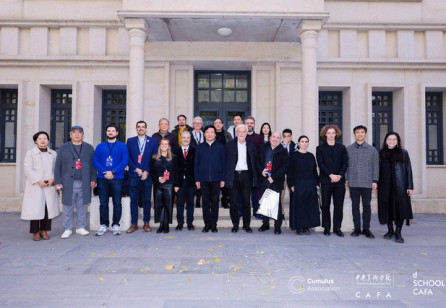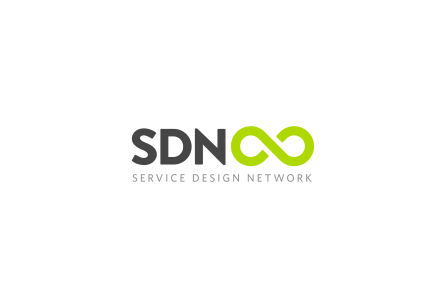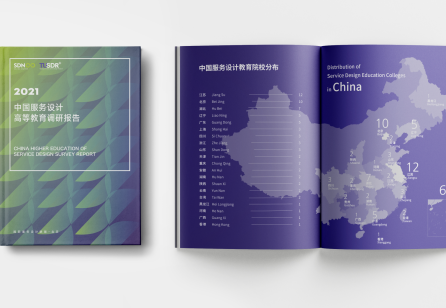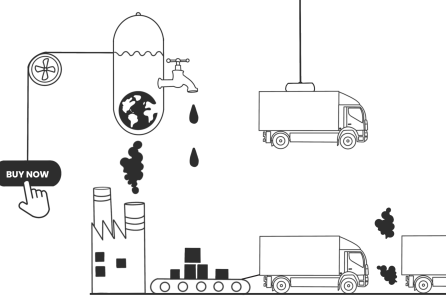Abstract:
The power technology and intelligent automation revolution coupled with other factors like decarbonization, deregulation, decentralization, has the potential to transform today’s workplace as dramatically as the machines of the Industrial Revolution changed the factory floor. In the support and technical functions, it plays a key role in driving greater efficiency, customer and employee satisfaction; while at the same time help rethink operating and business models. It’s far-reaching, unpredictable in growth, and occasionally messy. How the energy and utilities industry evolves embracing intelligent automation over the next decade in meeting climate change goals and the growing demand for clean, cheap, reliable energy will have profound effects for generations?
To capitalize on the potential, many enterprises are jumping and experimenting with these “new shiny technologies” to gain hands-on experience by advancing individual pilots. However, research reveals, most companies have under-estimated intelligent automation’s true potential. In fact, executives are seeing the experimental tactical fix projects are having longer implementation timelines resulting in budget overruns, leading to questions about the true value of automation. Or, realize automation of redundant processes that helped create efficiency and cut costs is only the first step; because collectively across the automations, they’re not seeing the operational transformation they know is possible. Many organizations that have implemented automation at scale are in the same position. They have realized significant returns but are left wanting more: more value, more ROI, more impact. In some cases, where the projects have been abandoned when the leadership lost confidence in automation technologies - it has result in unrealized efficiencies and missed opportunities to gain the competitive advantage with outsized benefits.
This attention on intelligent automation has overlooked a critical element in the digital revolution - the workforce, both digital and human, need to integrate, manage and work alongside to disrupt and destruct. This paper focuses on: What drives this new, strategic approach of a shift in the focus from launching one or two automation projects to creating an end-to-end automation across entire process value chains? What are the automation derailers and traps that prevent from reaching scale? How to leverage “design thinking” to innovate using automation and scale? What are the automation lessons learnt you can implement, to increase speed, realize scale and maintain ROI?
KEYWORDS:
Design thinking, energies and utilities sector, human-centered design, intelligent automation, intelligent automation derailers.
Download your copy of the article - here.









Share your thoughts
0 RepliesPlease login to comment